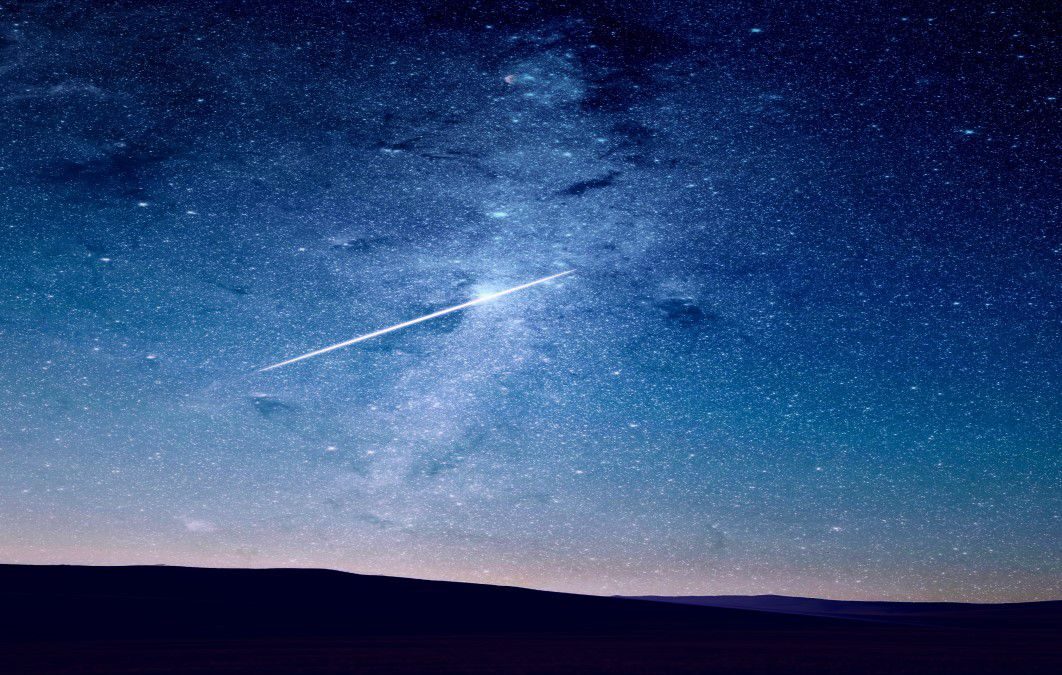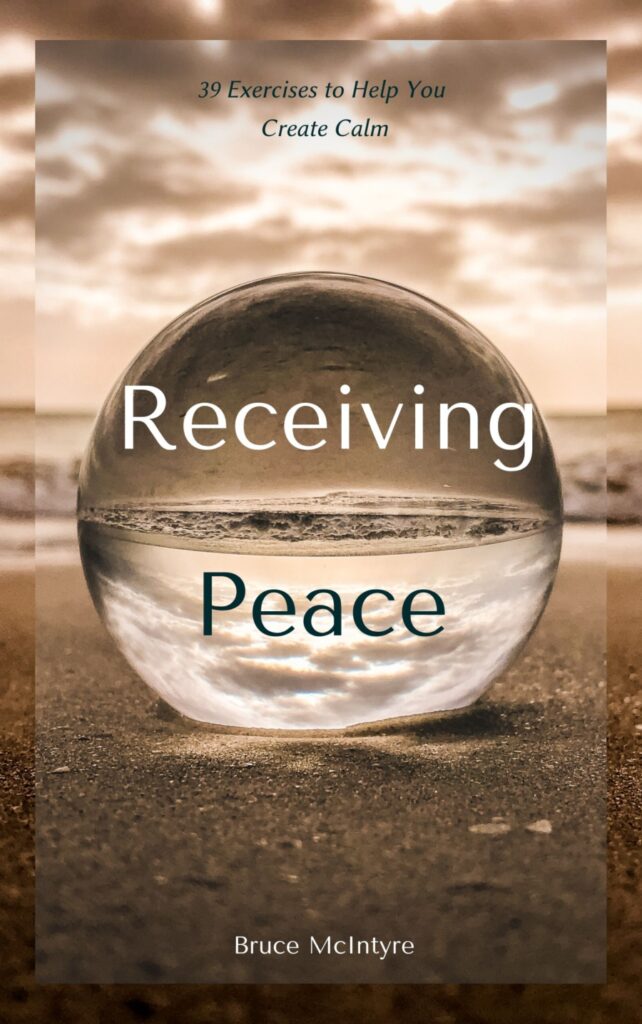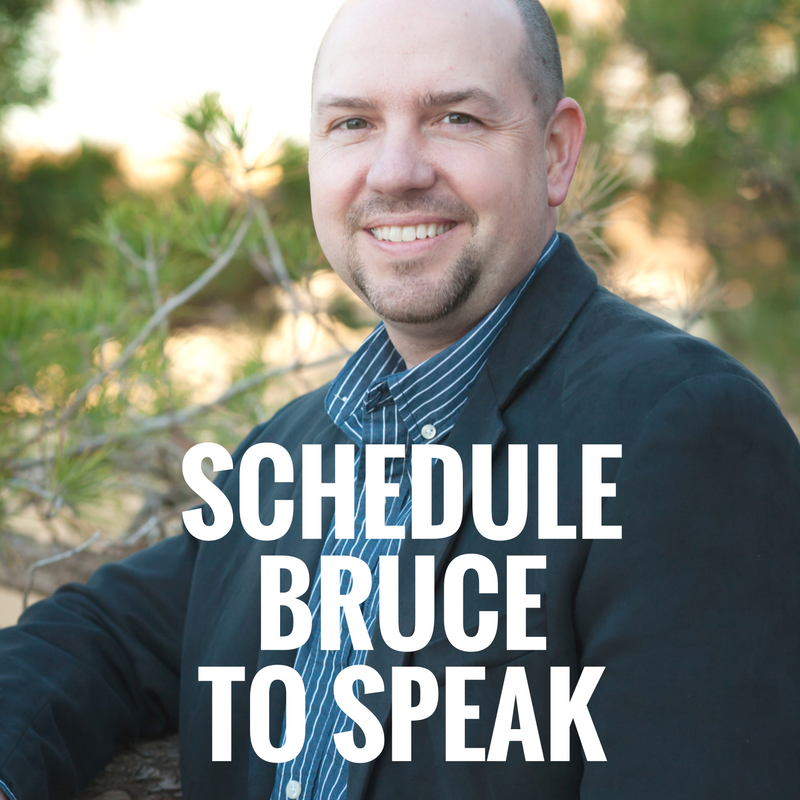Fresh Air
For the third day in a row, I caught a shooting star out of the upper corner of my eye. Twice during the pre-dawn early morning hours walking in our neighborhood greenbelt and once standing in our backyard around 10pm gazing at the sky, I experienced that burst of involuntary excitement and wonder because of my sighting.
I’m not sure about you, but I have failed miserably EVERY. SINGLE. TIME. I took my children out to see a meteor shower. They were at least always excited to be out exploring past bed times though. But when I’m not looking or when I have no witnesses, I tend to see them…frequently.
August is one of the best times to catch a shooting star. With the Perseids, Southern delta Aquariids, and alpha Capricornids meteor showers peaking or continuing for parts of this month, you have a pretty good chance of witnessing this phenomenon.
According to Astrophysicist Dr. Laura Whitlock, “a ‘falling star’ or a ‘shooting star’ has nothing at all to do with a star! These amazing streaks of light you can sometimes see in the night sky are caused by tiny bits of dust and rock called meteoroids falling into the Earth’s atmosphere and burning up. The short-lived trail of light the burning meteoroid produces is called a meteor. Meteors are commonly called falling stars or shooting stars. If any part of the meteoroid survives burning up and actually hits the Earth, that remaining bit is then called a meteorite.”
And they are glorious! They hit you like a breath of fresh air. If you happen to be up early or late, take some time to gaze at the sky. You might just experience your own sighting.
Worth Repeating
If people sat out and looked at the stars each night, I’ll bet they’d live a lot differently.
-Bill Watterson




